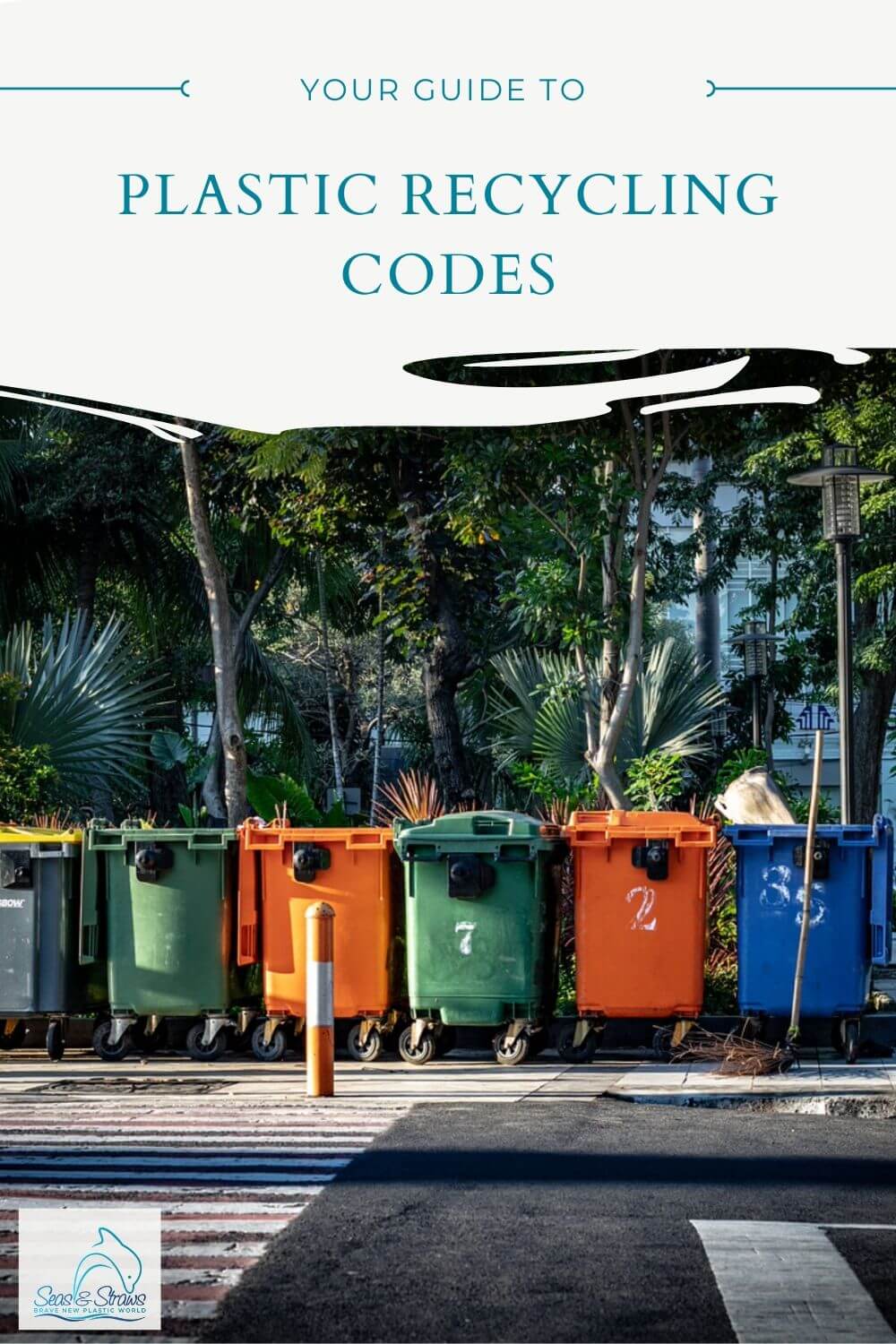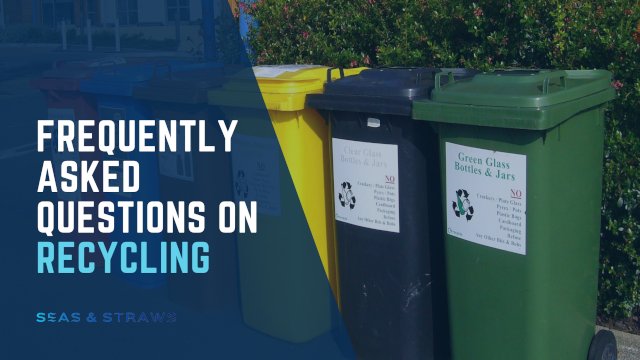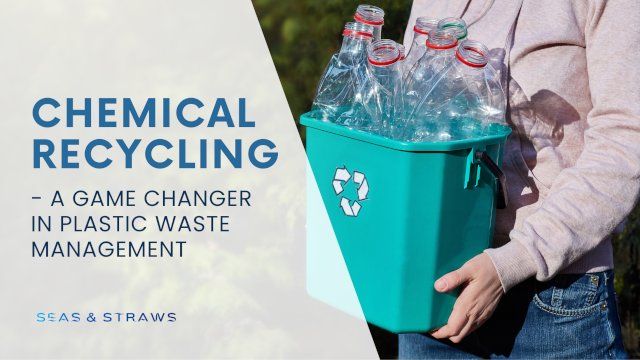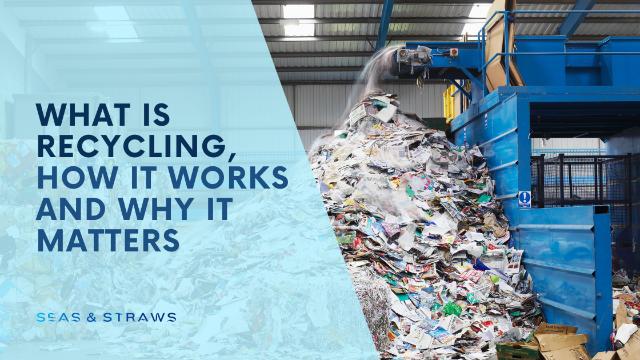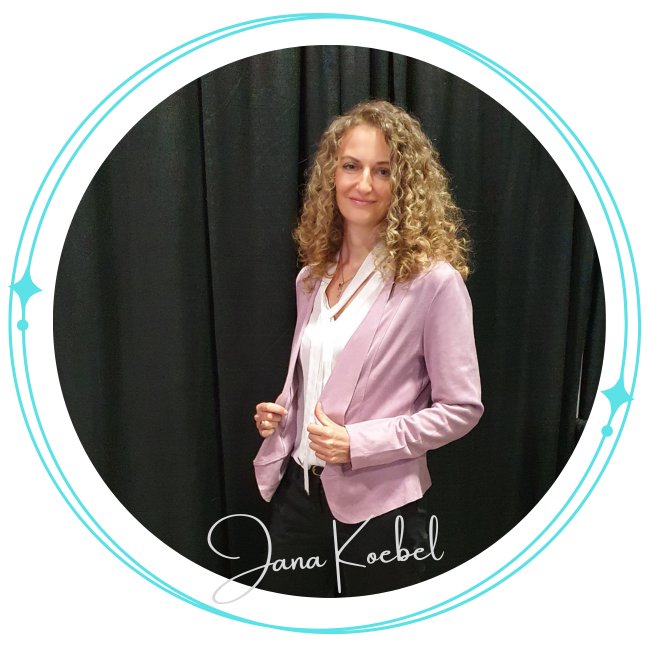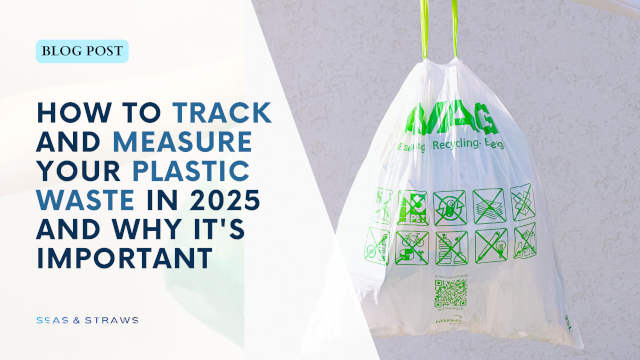- Home
- Plastic at Home
- Plastic Recycling Codes
plastic recycling Codes - decoding the codes
The production of plastic as well as its disposal equals an ecological catastrophe. On the one hand, plastic is made from petroleum and the production process pollutes land, water and air. On the other hand, it is non-biodegradable. Plastic takes hundreds, if not thousands, of years to decompose and we have not yet found a way to properly dispose of the millions of tons we use and dump every year.
A small part is incinerated, which releases toxic chemicals into the atmosphere, again polluting the environment and threatening the health of humans and animals alike.
Most parts, however, end up in landfills.
In order to „soften the blow“, the Society of the Plastics Industry (SPI) established a classification system to help consumers distinguish and properly recycle the various types of plastic. The codes are printed on or molded into the plastic. But what do they mean?
The plastic recycling codes don't really tell you whether a product is recyclable or not. They only specify which plastic resins are used in the production process. Once you know that, however, you can determine which ones are safe for use and which ones you better avoid.
In addition, plastic can only be downcycled into less valuable objects. This means, a water bottle cannot be made into a water bottle again but has to be recycled into a less valuable object like a carpet. For that reason, I will mention the word "downcycle" instead of "recycle" in the overview below.
Recycling code 1: PET or PETE (polyethylene terephthalate)

PET plastic makes up 96% of all plastic bottles and containers. It is lightweight, stable and inexpensive. It also creates a barrier to liquid and gas, so it prevents carbone dioxide in fizzy drinks from getting out and oxygen which spoils food from getting in. This makes PET one of the most commonly used household plastics, especially for single-use bottles. Many consider PET to be safe, but research shows that it is able to leach certain chemicals, especially in warmer temperatures.
Used to make: Beverage bottles of all kinds (water, juice, fizzy drinks, beer), peanut butter or jam jars, salad dressing containers, food packaging, oven-ready food containers, textiles.
Can be downcycled into: Polyester fibre for fleece clothing, furniture, carpets, tote bags.
Recycling rate: About 30%. It's the easiest of the seven categories to recycle.
Recycling code 2: HDPE (high-density polyethylene)

HDPE is the second most commonly used plastic, especially for packaging. Due to its high density it is not known to leach any chemicals into foods or drinks, which makes it one of the three types of plastic consdidered to be relatively safe.
Used to make: Detergent or bleach containers, trash and shopping bags, milk, shampoo and soap containers, vegetable oil bottles, butter and yoghurt tubs.
Can be downcycled into: Bottles for detergents or motor oil, pens, pipes, bins, tiles, fences, picnic tables.
Recycling rate: About 29%.
Recycling code 3: PVC (polyvinyl chloride)

PVC is a diverse and strong material but should not come in contact with food.
Used to make: Floor tiles, fences, windows, detergent and window cleaner bottles, shower curtains, medical equipment.
Although it contains numerous toxins and has been dubbed the „poison plastic“, it is still used in cooking oil bottles, clear food packaging and cling wrap.
Can be downcycled into: Paneling, flooring, roadway gutters.
Recycling rate: Under 1%. PVC is rarely recycled.
Recycling code 4: LDPE (low-density polyethylene)

LDPE is durable and very flexible with many applications.
Used to make: All kinds of bags (sandwich bags, grocery bags, newspaper and garbage bags), frozen food, clothing, computer components, hot and cold beverage cups, food wraps, squeezable bottles.
Can be downcycled into: Compost bins, furniture, paneling, lumber, tiles.
Recycling rate: Low. LDPE is very difficult to recycle.
Recycling code 5: PP (polypropylene)

PP has a high melting point so it's commonly used for hot materials like microwavable meal trays.
Also used to make: Diapers, storage bins, margarine, cheese or ketchup containers, straws, bottle caps, brita filters.
Can be downcycled into: Brooms, cables, auto battery cases, signal lights, rakes, trays.
Recycling rate: About 3%.
Recycling code 6: PS (polystyrene, commonly known as styrofoam)

PS can be made into rigid or foamed products with low melting points, which makes it good for insulation. It is one of the 4 categories known to pose a health risk, especially when heated.
Used to make: Plastic tableware and cutlery, insulating food boxes and coffee cups, egg cartons, CD and DVD cases.
Can be downcycled into: Insulation, vents, licence plate frames.
Recycling rate: Low. Especially styrofoam is very dangerous to the environment, as it breaks easily into small pieces and almost never decomposes. It accounts for about 35% of all landfill materials.
Recycling code 7: Miscellaneous

Code 7 summarizes all types of plastic that do not fit into one of the above categories. It includes polycarbonate and bioplastics as well as acrylic, fiberglass and nylon. Many products containing the harmful bisphenol-A (BPA) fall into this category.
Used to make: Three- and five-gallon water bottles, baby bottles, oven-baking bags, iPod and computer cases, signs, car parts, cellphones, sunglasses.
Can be downcycled into: Lumber.
Recycling rate: Very low. It's usually not recycled.
Summary
Try to avoid plastics with the recycling symbols 1, 3, 6, and 7. Code 1 is said to be safe, but some studies have shown leaching of toxic chemicals into the food. Better be on the safe side.
Recycling codes 2, 4 and 5 are considered relatively safe.
Want to know more about which items you can recycle? Check out our Frequently Asked Questions on Recycling.
Resources
